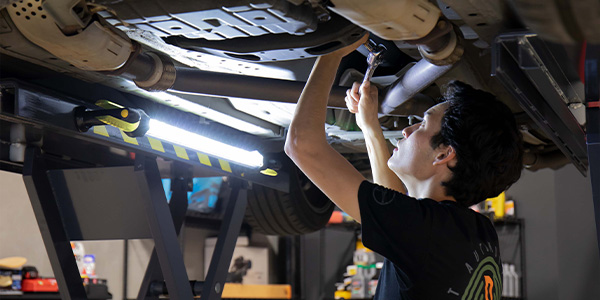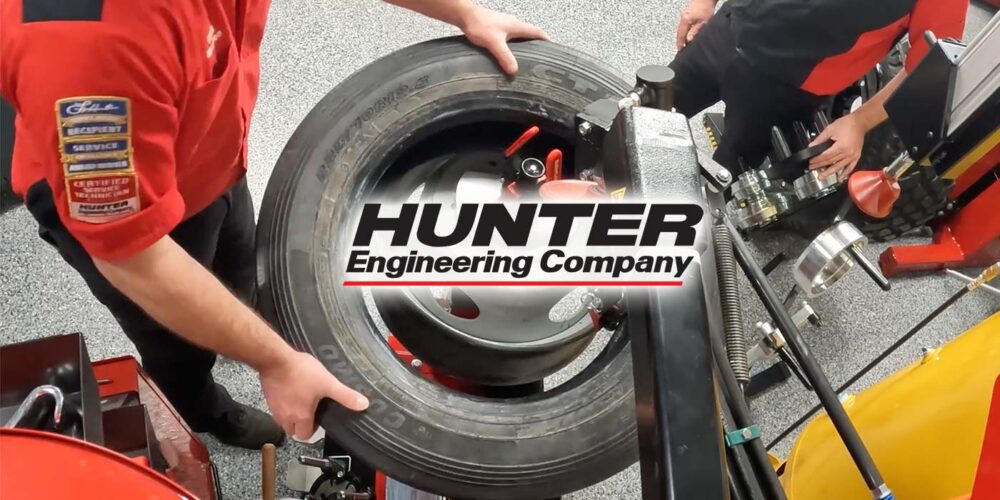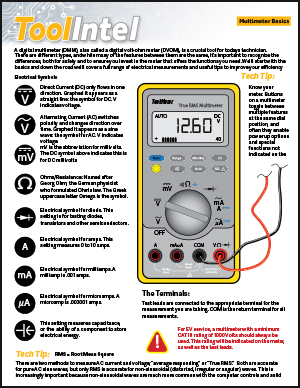This bulletin provides information related to a logic change in the Transmission Control Module (TCM) for 2001 Rios, and 1998 through 2001 Sephia and Spectra vehicles built after Oct. 18, 2000. On vehicles built before that date, under certain driving conditions the following DTCs may be stored without a true defect being present: P0705, P0740, P0731, P0732, P0733 and P0734.
TCMs in vehicles built after Oct. 18, 2000 use a revised diagnostic routine software to reduce the incidence of related DTCs. The revised TCM should be used to repair affected vehicles experiencing a repeat incidence of the above-mentioned DTCs.
Note: The part number for the revised TCMs did not change. However, all TCMs currently in PDC stock have the revised logic.
Preliminary:
• Familiarize yourself with the procedures outlined in TSB, Transmission/Driveline 003. Obtain an A/T diagnosis worksheet and fill it out as you proceed.
• Check the A/T fluid for level and appearance. If the fluid is burnt or contaminated, the transaxle may have to be replaced per the instructions in the TSB before proceeding.
• Check for any (pending) DTCs, record their description and freeze-frame data. If any electrical or circuit related DTCs are stored, repair them before replacing the TCM or before attempting to correct DTCs that indicate system malfunctions.
• On repeat repairs, always check the vehicle’s repair history to determine previous repairs and whether they were effective. Use the repair history as required to aid in your diagnosis and repair procedures.
Inspection:
1. Open the driver’s door and check the production date on the FMVSS door label.
2. If the vehicle’s production date is Oct. 18, 2000, or later, the vehicle already has the correct TCM; no TCM replacement is required. Note: If the TCM has previously been replaced on this vehicle, it’s possible that an older version was inadvertently installed. When in doubt, check the TCM version regardless of the vehicle production date.
3. If the vehicle’s production date is before Oct. 18, 2000, determine if the correct TCM version has been used.
4. If the TCM is found to be an early version, proceed with step 5. Note: If the TCM is the correct version, and DTCs are stored, follow the appropriate procedures using DTC-specific checklists in the service manual and/or DTC-specific tips/information in the scan tool.
Repair Procedure:
1. Make sure the ignition switch is off and the gear selector is in the “park” position.
2. Locate the TCM under the left lower dash area.
3. Rio only: Loosen and remove the three mounting nuts that secure the ECM mounting bracket to the firewall (these are also used to secure the TCM).
4. Rio only: Loosen and remove the one remaining nut that secures the TCM mounting bracket to the firewall.
5. Sephia/Spectra: Loosen and remove the two nuts that secure the TCM mounting bracket to the firewall.
6. Remove the TCM, release the wire harness connector locking lever, then disconnect the TCM from the wire harness. Discard the old TCM.
7. Install the new TCM in the reverse order of removal.
8. Test-drive the vehicle after warm-up and check for (pending) DTCs. If any (pending) DTCs set during the test-drive, investigate them and correct as required. Use flight record data and follow the appropriate procedures using DTC-specific checklists in the service manual and/or DTC-specific tips/information in the scan tool.
Courtesy of IDENTIFIX.
For additional information, visit www.identifix.com.














